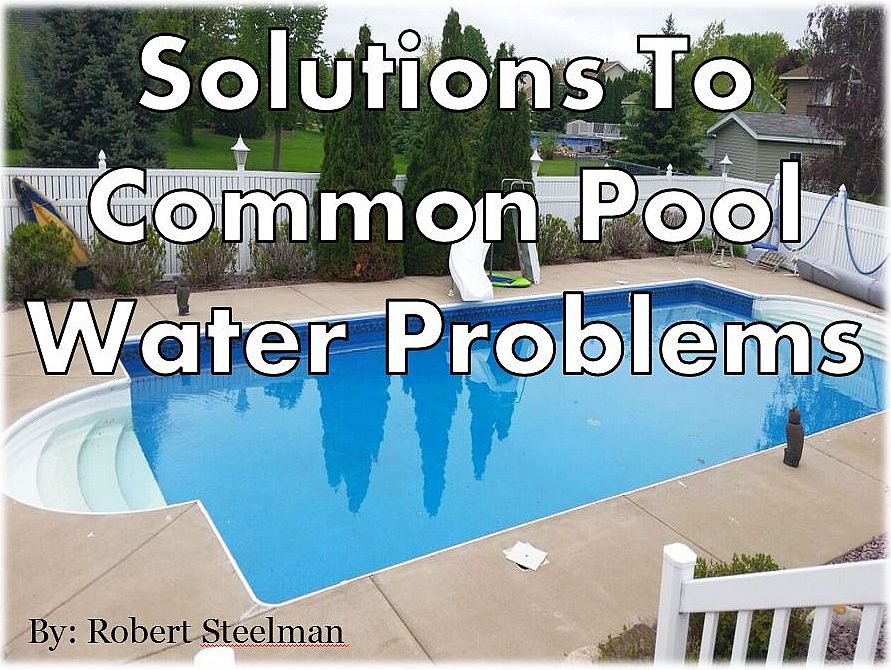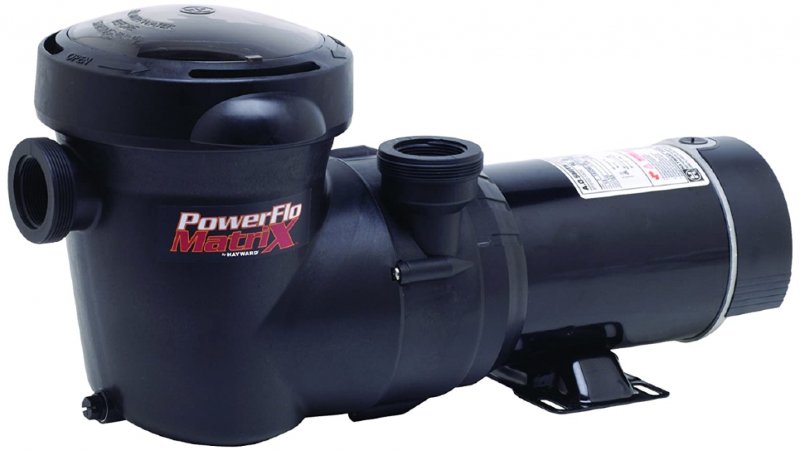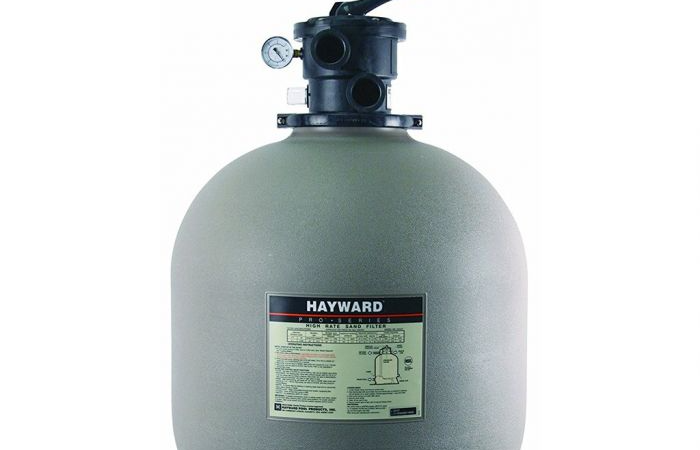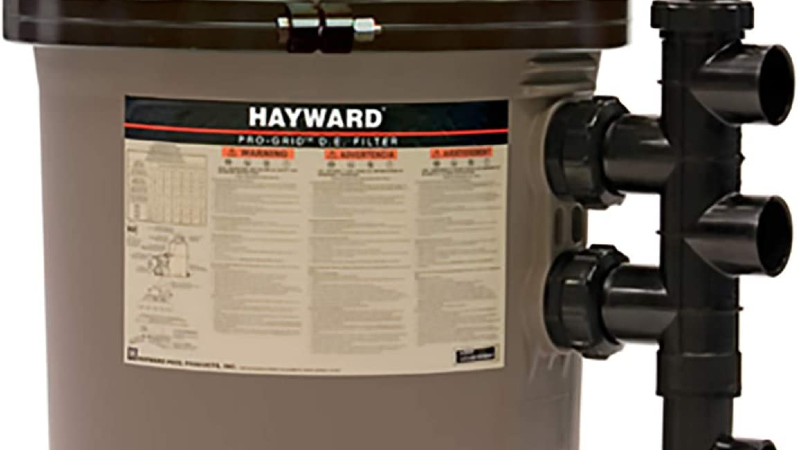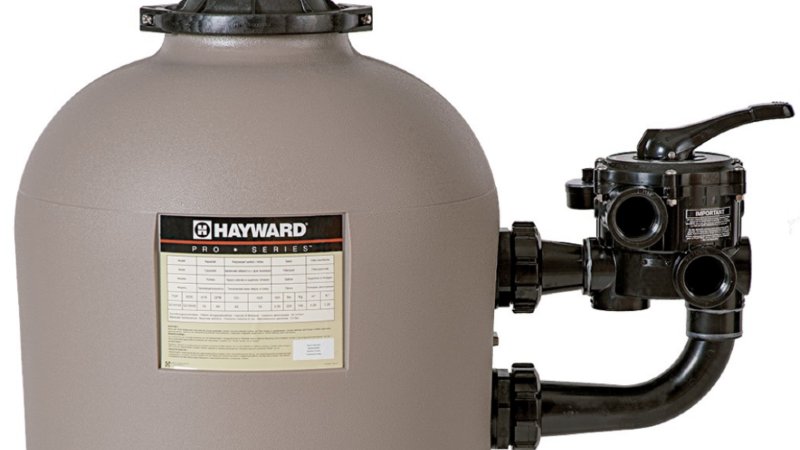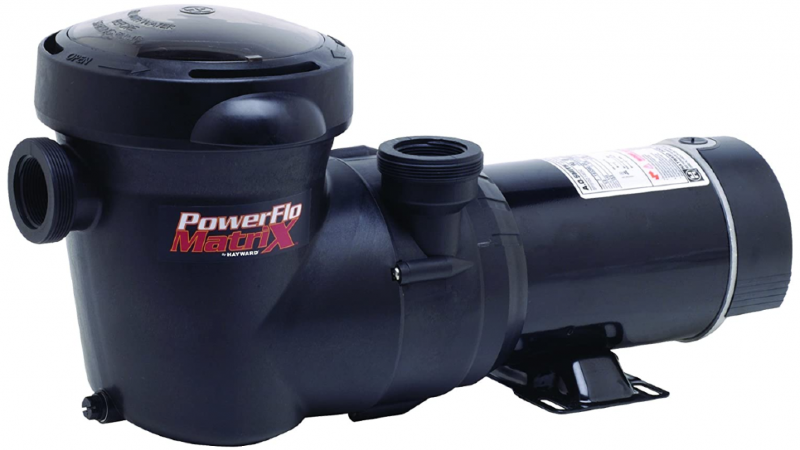- Home
- Maintenance
- Backwash Pool Filter
How To Easily Backwash Your Pool Filter
Backwashing a pool filter may cause some pool owners a bit of worry, or running to their phones to call a pool tech. It doesn’t need to be intimidating. Whether you have a home pool or you're a commercial pool operator, chances are you can easily handle regular pool maintenance.
This section will walk you through your backwashing process and answer some of the most common questions. After this, you'll be able to backwash a pool filter like a 20 year pro.
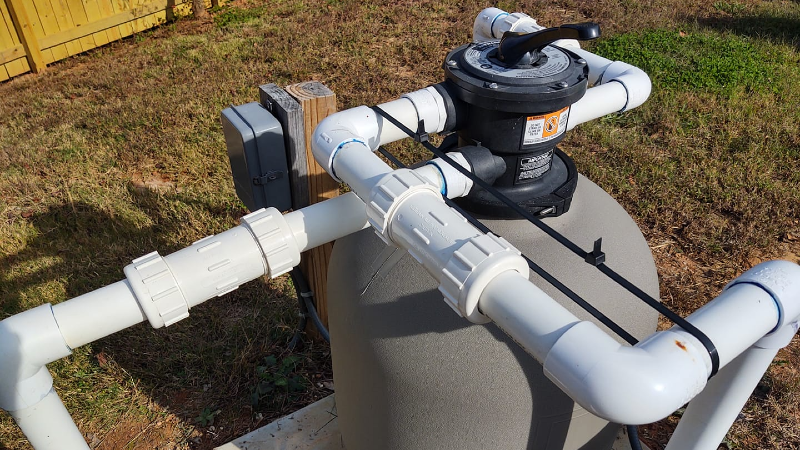
Why Should I Backwash My Pool Filter?
Backwashing your filter means that you're cleaning out the filter media to make sure it's always running at peak performance. A dirty filter will not clean or circulate the water properly, and can lead to high pressure and possibly system failure. We will never clean dirty water with a dirty filter, so keeping our pool filter clean is an important part of regular pool maintenance.
When Should I Backwash My Pool Filter?
You might hear a variety of opinions on this matter. Some may say every week, while others will say once per month. The truth is this: it all depends on your pool's needs. A heavily used pool with a lot of debris will need to be backwashed more often than a lightly used pool with rock landscaping.
A good rule of thumb is to backwash when your psi (pressure) gauge reaches 8 - 10 psi over your "just backwashed" pressure. You start with that number, then check your pool every week to see when the pressure rises. When the pressure gets to the 8 - 10 psi over your just backwashed number, it will be time to backwash your filter.
How To Backwash A Sand Filter?
Backwashing a sand filter is an easy process that takes just a few minutes. It's done by reversing the flow of water back through the filter in the opposite direction and sending the dirty water to waste.
How To Backwash With A Multiport Valve
It's pretty straight forward.
- Raise the water level 1"-2" if it's low. Turn off the pump motor and clean the pump basket. Check it for cracks and replace if needed. Remove any debris and carefully place the basket back into the pump housing and reattach the pump lid.
- Roll out your backwash hose, if applicable, and turn the filter control valve to BACKWASH.
- Turn the pump motor back on and pump out dirty water until the water runs CLEAR out of the hose or sight glass, then turn off the pump.
- Set the control valve to RINSE and turn the pump on for about 10 seconds. Turn off the pump motor. This will get rid of residual sand left in the lines.
- Turn the valve to FILTER.
- Roll up your backwash hose and you're finished.
The entire process of backwashing your sand pool filter should take about 5 minutes.
IMPORTANT: Never turn the handle on your multiport valve when the pump motor is on. Always turn the pump off before adjusting valves on your pool.
How To Backwash A DE Filter
Backwashing a D.E. filter kind of the same, but different, compared to backwashing a sand filter. For this procedure you'll need:
- Diatomaceous earth
- One-pound D.E. scoop
- Mask
What is Diatomaceous Earth?
Diatomaceous earth, or D.E., is a powder made from fossilized algae and skeletons of one-celled organisms found in water and are called diatoms. This powder is added to your skimmer and coats the grids of your DE filter. It's this end product that captures all the organic matter in your pool and makes the water sparkle.
Long term exposure to pool grade D.E. can cause respiratory issues, so it's recommended that a mask be worn when handling pool D.E. powder.
How To Backwash Using A Multiport Valve
The first step in cleaning your D.E. pool filter is top off your pool. You're going to lose some water from backwashing and you don't want the water level to get below the skimmer.
- Clean out the skimmer baskets.
- Turn the filter pump OFF and clean out the pump basket. Replace the pump basket and screw or tighten the lid back on the pump pot.
- With the PUMP TURNED OFF, turn the multiport valve to the BACKWASH position.
- Turn the filter pump back on and run the pump until the water in the site glass is clear. If there is no site glass, the water at the end of the backwash hose or line needs to be clear.
- Once the water is clear, turn off the pump. Cleaning your D.E. grids has less to do with backwashing for a certain amount of minutes.
- Turn the multiport valve to the RINSE position, turn the pump motor on, and run it for about 1.5 minutes to clear out any residual debris from the line.
- Turn the motor off.
- Turn the multiport valve to the FILTER position.
- Turn the pump back on.
- Put your mask on.
- Using your D.E. scoop, slowly add the correct amount of D.E. to your skimmer to recoat the grids.
IMPORTANT: Watch the returns for D.E. returning back to your pool. If you see a powdery smoky poof coming out of the returns, immediately stop adding D.E. You should inspect the grids for any tears or rips. If there's no D.E. poofery going on, run the pump motor for 15 - 20 minutes to allow the D.E. to fully and properly coat the grids.
How To Save Water During Backwashing
We should do everything we can to conserve water. This just doesn't make "go green" sense, it makes economic sense, or "cents". Water conservation helps our environment and our wallet.
Here are some ways we can help conserve water and still have a great looking pool.
- Backwash only when needed.
- Backwash only as long as you need to. This goes for the rinse cycle as well. Most of the time, a 2 minute backwash and 1.5 minute rinse is all you'll need.
- Keep your pool water properly balanced. A pool that has its chemical balanced will decrease its chances of having an algae problem. A green pool means lots of backwashing.
- Make sure you have a working psi gauge.
- Get a larger filter. It can handle more debris and requires less backwashing.
- Get a good robotic pool cleaner. They can remove much of the dirt and debris without losing any water.
How To Become A Pool Backwash Pro
Follow the right procedures and gather right tools and equipment, and you'll be on your way to having a pool the entire neighborhood will envy.

